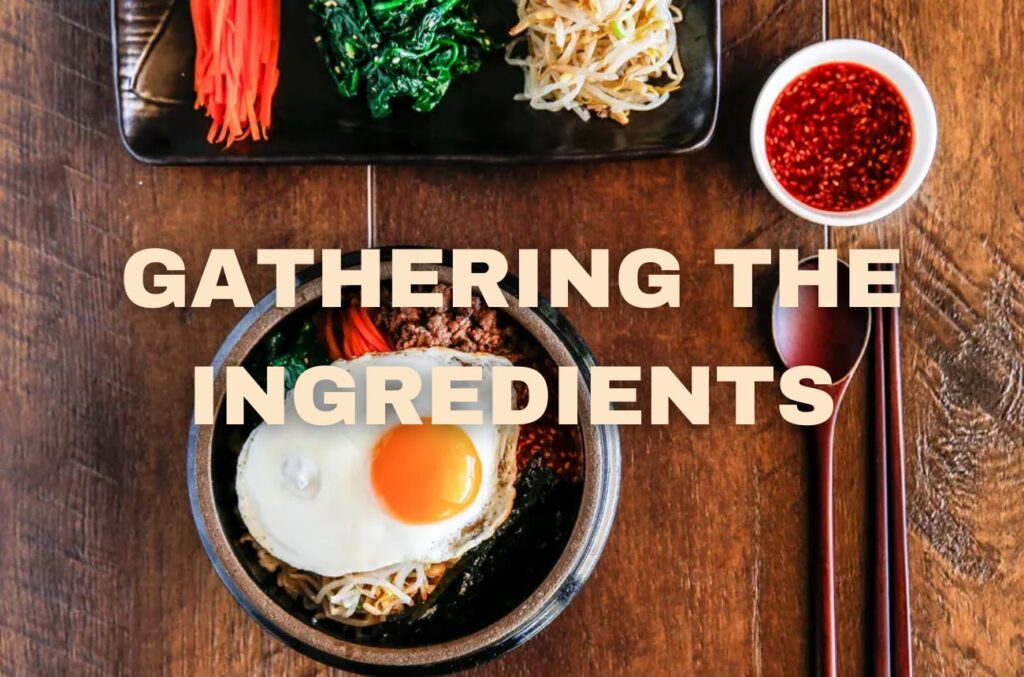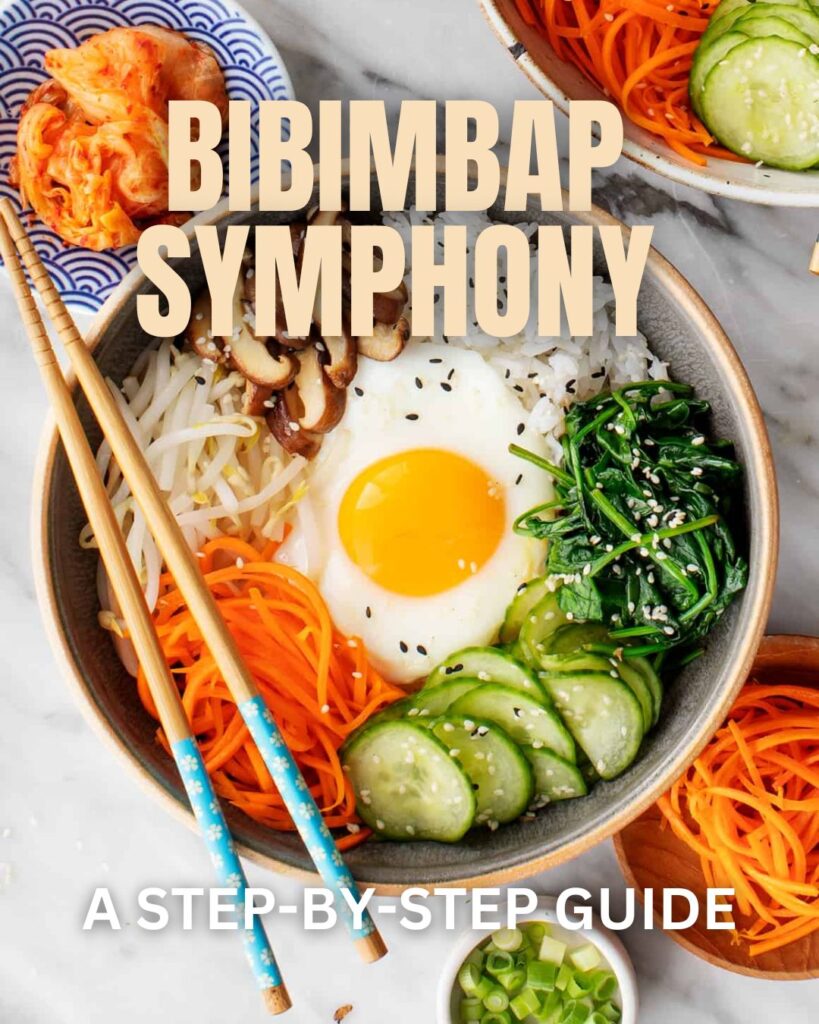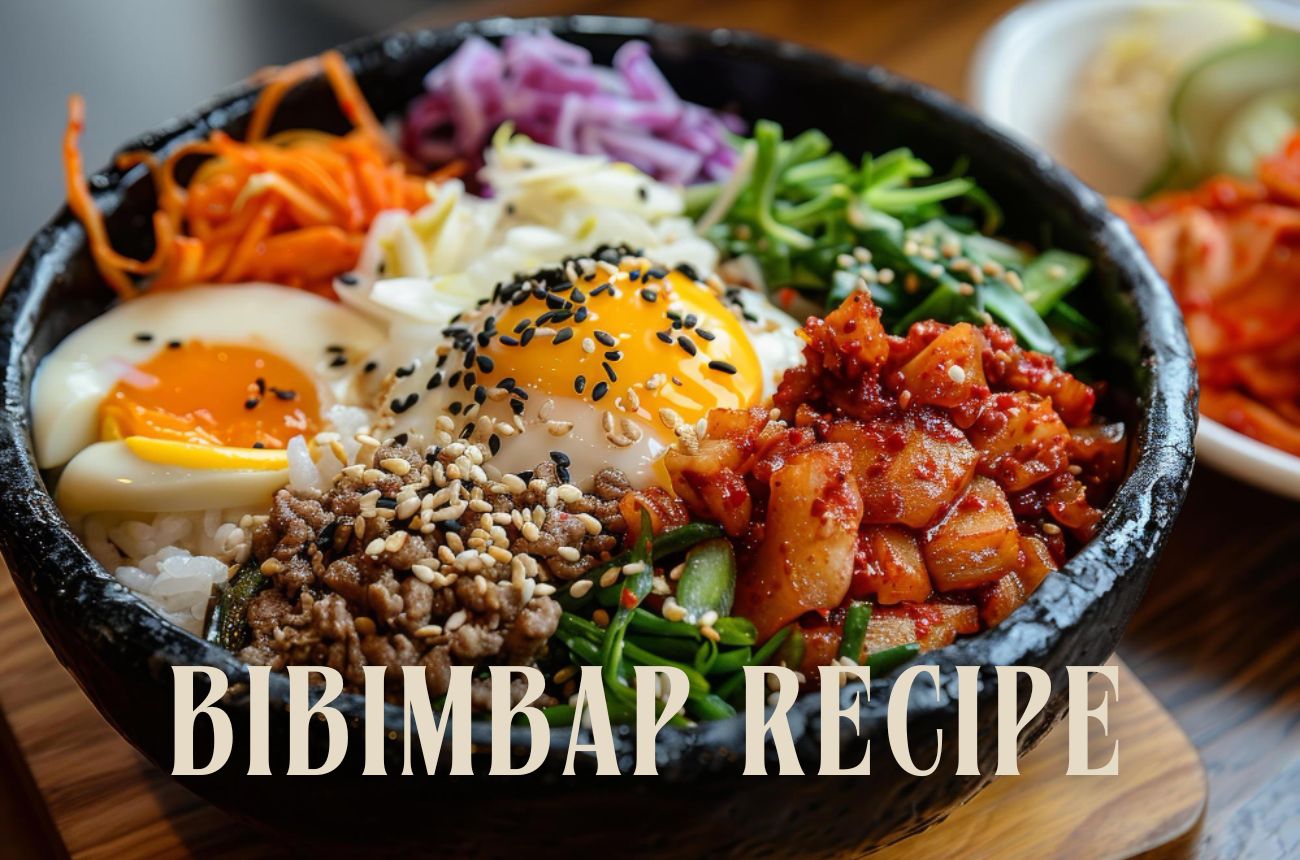Bibimbap: A Colourful Journey in a Bowl
Bibimbap is a word that easily translates as “mixed rice” in Korean, and it is a dish that is visually attractive and colourful. It is a blend of warm rice on which variously seasoned colourful vegetables are laid out with a fried egg placed on top of it and sometimes served with a hot pepper sauce called gochujang. Each bite impresses with its interactive flavour play of the comforting warmth of rice, the satisfying crunchiness of vegetables, the yummy richness of the protein, and the runny yolk of egg which combines them all together.
Apart from being a tasty dish, bibimbap is an experience. It’s customizable hence it’s beautiful. There is no correct method of preparing bibimbap therefore making it possible for individuals to make it suit their needs and taste. In case you like experimenting or trying new things this article will give you some guidance on how one can make the most suitable bibimbap that will appeal to his or her love for adventure.
Gathering the Ingredients:

Here’s a breakdown of the essential components for a classic bibimbap:
Short-grain white rice: Sushi rice is ok, but any other sort of short-grain rice will work fine.
Gochujang sauce: This is what gives bibimbap its distinctive taste. The Korean chili paste known as gochujang has a unique taste profile: it’s hot and umami. You can buy it at any store that sells Asian foods and many supermarkets across the country.
Vegetables: Let us delve into the colorful variety of bibimbap. The julienne carrots, bean sprouts baby spinach, and thinly sliced mushrooms are traditional but please feel free to experiment on your own! Would you like to try cucumber, zucchini, kimchi, etc. and maybe other favourite vegetables as well?
Protein: There are more ways to explore your food appetite when it comes to jazzing up the traditional bibimbap other than just thinly sliced marinated beef; ground beef, shredded chicken, tofu, or even shrimp can serve as excellent replacements as well.
Egg: Bibimbap is topped with a fried egg which adds flavour and has a great yolk that brings all ingredients together.
Toppings: The final touches are added with toasted sesame oil, sliced scallions, and sesame seeds.
The Bibimbap Symphony: A Step-by-Step Guide

Cook the perfect rice: Put the rice in cold water and wash it until all dirt is removed from the water. Use your stovetop, rice cooker, or Instant Pot to prepare this food. The essence is to have a fluffy, a bit adhesive rice that forms the foundation of your toppings
Prepare the gochujang sauce: Whisk together in a small bowl gochujang, rice vinegar, mirin (a sweet rice wine), soy sauce, sesame oil, sugar, and a touch of grated garlic, adjusting the proportions to your desired level of spice.
Sauté the vegetables: Each vegetable has its specific taste and flavour. Below are some general suggestions:
You should heat and then cool spinach and bean sprouts for a short time.
Cut the carrots, zucchini, and mushrooms into matchstick-size pieces. Then, briefly cook them in a frying pan with a little oil until crispy but tender, adding some salt and pepper for seasoning.
Cut the cucumber into thin strips and leave it in vinegar made from rice for at least a quarter an hour.
Cook the protein: If you’re using minced meat, pour soy sauce, sesame seed oil, and a teaspoon of sugar over it and let it marinate for no less than half an hour. The next step is to fry until brown. Otherwise, you could slice the selected protein very thinly, then marinate, and cook either by pan-frying, or using a grill.
Fry the eggs: The typical method is to cook them with the egg yolk on top, however, you can prepare them the way you would want to.
Assemble the masterpiece: Divide bowls among them cooked rice. Arrange the rim of the bowl, in sections, seasoned vegetables so that it creates a colourful visual presentation. Put your cooked protein atop these along with a fried egg at the heart of each bowl.
Drizzle and sprinkle: You can drip generously the gochujang sauce all over the dish, pepper with sesame seeds, and sliced scallions. For more flavouring, add a drizzle of toasted sesame oil for a hint of nutty richness. What business quantifies at the expense of repetitiveness is the introduction of similar words in different or similar contexts.
The grand finale: Now is the time to mix the most important part that involves you! Take that spoon in your hands, let’s give this bibimbap a good stir so that all of its yummy constituents can be felt in every mouthful you take… It is a sensation of different textures and flavours as hot rice gets acquainted with crunchy vegetables, crispy meat and egg yolk running down creating a glossy sauce from gochujang.
Enjoying Bibimbap
What makes bibimbap so great is the mixing part where you prepare it together at the table before eating. There have been suggestions to heat up the Dolsot first by stirring all ingredients then proceeding with the recipe. The place where the bibimbap is cooked on the other hand should now be used where necessary due to its heat source being still on. When blended together gochujang marinade spreads over everything for enhancing taste and feeling with such foods like soft rice underneath crispy veggies beside some meat topped by yolk from a fried egg which has not yet set well enough on its white part while remaining liquid in an area in the middle.
